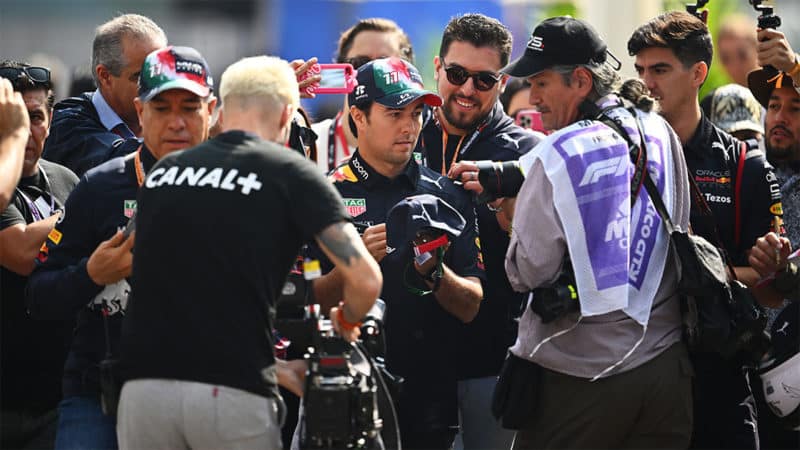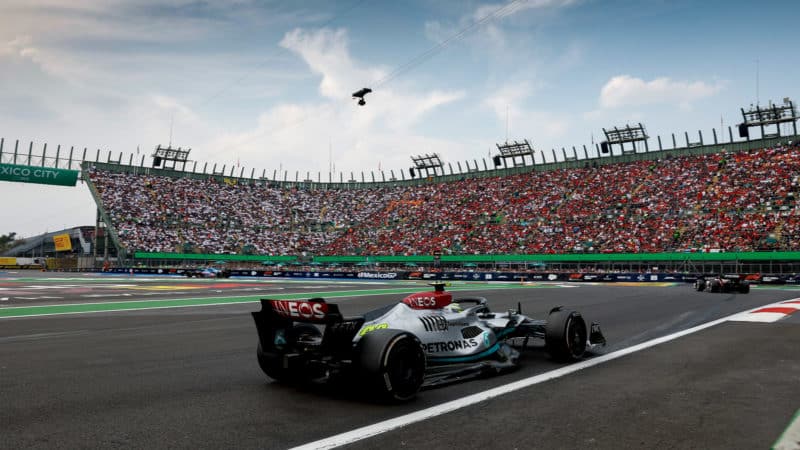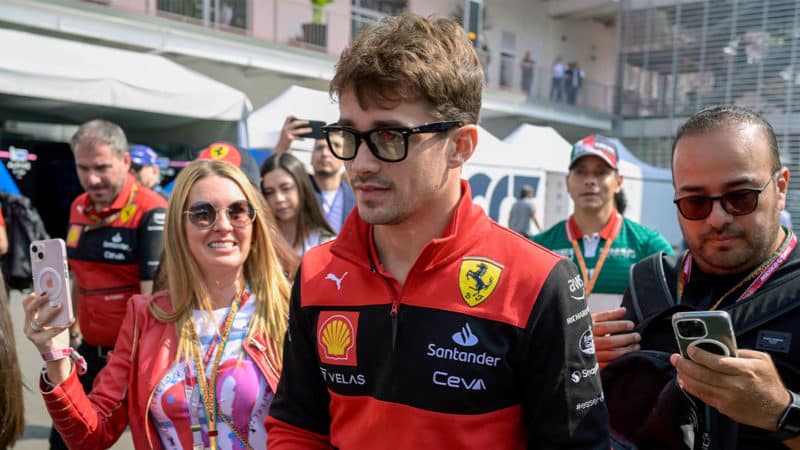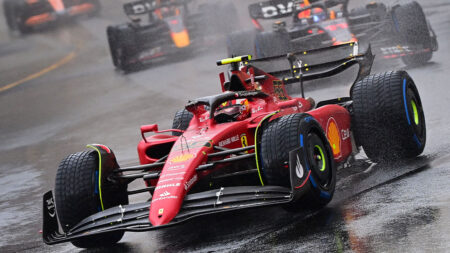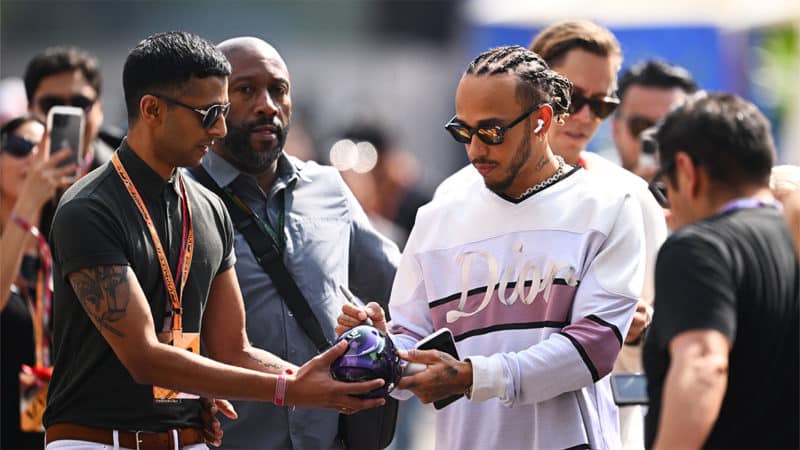A similar incident occurred with McLaren IndyCar driver Pato O’Ward, who was doing an interview with ESPN’s Mexico broadcast team in the Autodromo Hermanos Rodriguez paddock when a fan overlooked the cameras and crew and just walked straight up to him requesting autographs.
It’s still minority behaviour, but as the sport continues to grow, so too do the numbers. 1% of a bigger number of more fanatical attendees means more people crossing a line that then causes the drivers to start to change their own way of dealing with fans. And that’s where the problem really lies.
The increased access to the paddock is a welcome change ever since Liberty Media took over. The drivers and teams should be more accessible to fans rather than locked away, even if Bernie always loved the exclusivity such an approach created. Now, everyone realises just what a big event they’re part of each and every day, and more fans get special moments.
But there needs to be respect that goes with that. As a few cross a line, then the drivers start to take action. Norris was arriving in a cap and black hoody – hood raised – in Mexico to try and go as unnoticed as possible, while others started trying to actively avoid busy areas of guests.
Let’s go into my hometown crowd he says…
It’ll be fine he says… 🫣 pic.twitter.com/DTQH1VTn6g
— Arrow McLaren IndyCar Team (@ArrowMcLaren) October 30, 2022
My post-race interview with Ricciardo saw us walk through the FIA hospitality, out through the kitchen, along the back of the paddock (through a channel created by security as fans still screamed at him) and then in through the McLaren kitchen to his driver room. It didn’t feel unnecessary at all given the way the rest of the weekend had been going, but that meant the majority of fans were unfairly denied the chance to see or get close to one of their heroes due to the actions of the few.
